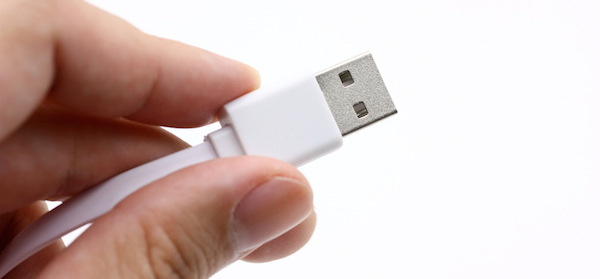Trevor wants to know if he’s damaging his USB drives by not ejecting them before unplugging. Today, Ryan explains what can happen when he doesn’t safely disconnect.
Q. When I use my USB drives (a hard drive and a thumb drive) I safely disconnect them, but sometimes my computer freezes up or I am in a hurry so I unplug them without ejecting. It doesn’t seem to have affected them at all. I was wondering if I should bother ejecting them in the future or will it be fine to just unplug them whenever?
A. Hi Trevor, most of the time you will be fine to unplug your devices without safely ejecting them. However, you should try to avoid making a habit of it as all it takes is one problem and that device can become corrupted.
If you unplug your USB device while data is being written, it can become corrupted. For example, if you have a file open on the drive or you are copying a file onto the drive, it is effectively in use and should not be unplugged.
This can be problematic because you might not always know that the drive is being written to, as programs on your computer might be using it in the background.
If your device becomes corrupted, you might lose a few files or the entire drive.
By safely disconnecting, your computer checks if programs are using your USB drive, so that you can unplug it without worrying about corruption.
How to safely disconnect USB drives
To safely disconnect on Windows, double-click the Safely Remove icon, found on the Task Bar at the bottom right-hand side. The icon looks like a USB plug with a green circle and tick over the top (if you can’t see the icon, you may have to click the arrow to show all icons). Now click the device you would like to disconnect and wait for a notification informing you that it is safe to disconnect your drive before unplugging.
To safely disconnect on Mac, open up Finder and click the eject icon next to the drive on the sidebar, underneath the Devices heading. Wait for the drive to disappear before disconnecting. You can also click and drag a drive into the Trash – which should momentarily transform into an eject symbol.
Related articles:
The USB you need for travelling
How to back up your iPhone and iPad: video tutorial
Five classic sci-fi gadgets that have become reality

